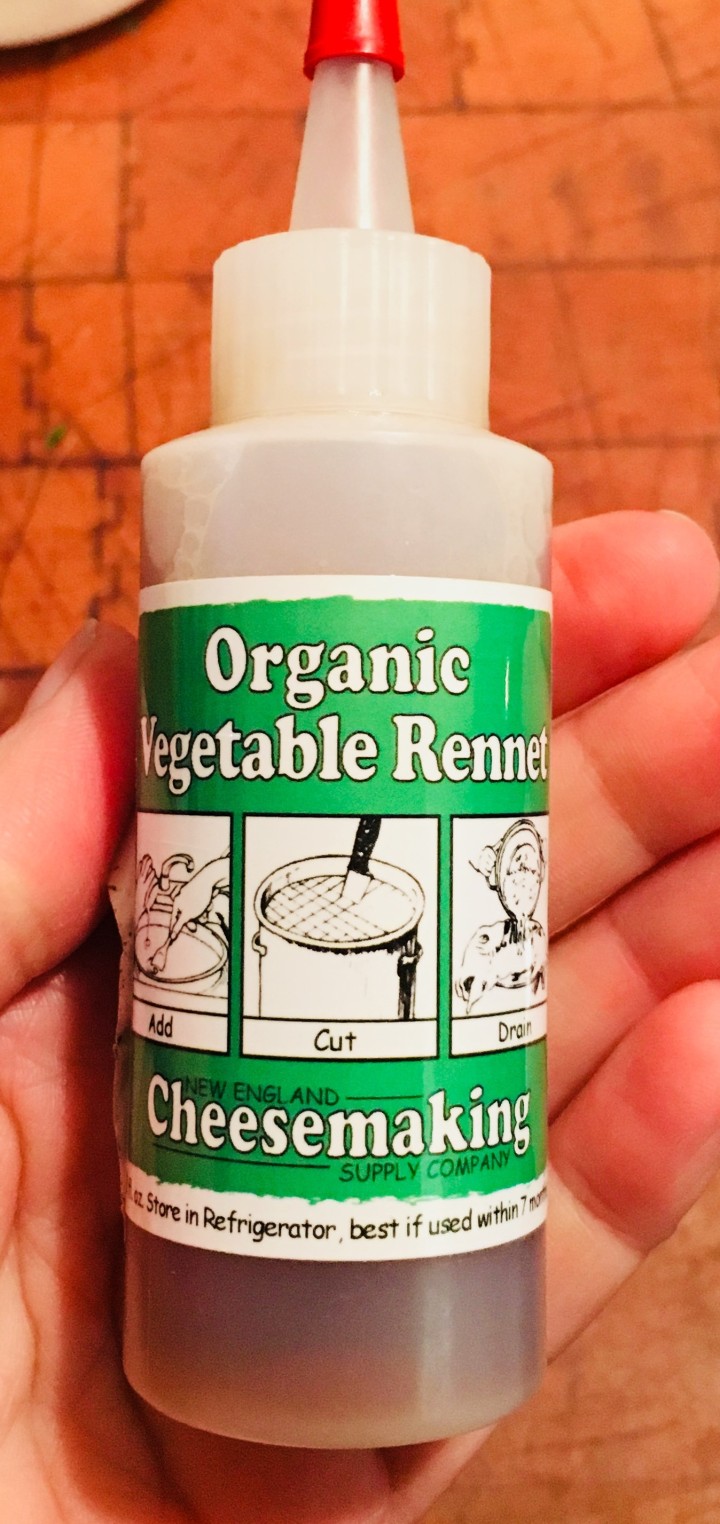We recently tried something new in the kitchen. Not new to the people of the world since records indicate somebody’s been doing it in some form or fashion for at least 7,000 years, but certainly new to us. We made homemade cheese. Homemade mozzarella cheese.
According to cheese folklore, mozzarella was first made when cheese curds accidentally fell into a bucket of hot water in a cheese factory near Naples, Italy. Made from the rich, unpasteurized milk of water buffalo, the cheese had a short shelf-life because there wasn’t much refrigeration several hundred years ago. The short shelf-life kept it from traveling too far from Naples.
Even today, the most highly sought-after water buffalo mozzarella is still found south of Naples where the small cheese factories use the centuries-old methods to produce their buffalo mozzarella.
I have a friend in Boerne who is a food science teacher in San Antonio, and she’s been teaching her students to make mozzarella for years now. She’s even had cheese-making parties for friends at her house. How cool is that?
Inspired by Alison’s mozzarella cheesy posts on social media, I picked up the two items I didn’t already have for making cheese if the mood struck… citric acid and rennet. I stuck them in the fridge, unopened, and forgot about them until Mr. Johns suggested we try our hand at homemade mozzarella, so all we needed to do was buy the milk.

Why citric acid and rennet? Citric acid raises the acidity level of milk which is vital in cheese-making.

Rennet is used in the making of most cheeses and is an enzyme that curdles the casein in milk. Rennet separates the milk into solid curds and liquid whey. It helps young mammals digest their mothers’ milk. If you can’t get your hands on rennet, you can always use an animal stomach because it will contain the enzyme that curdles the casein and was likely how yogurt was first discovered.
Or, you can buy some rennet at the store, in liquid or tablet form. I’m happy with the small bottle of liquid rennet we have in the refrigerator rather than an animal stomach.
We bought two half-gallons of a really nice organic milk from Blue Water Foods. It’s best to use milk that is not ultra-pasteurized, and non-homogenized. It’s said that you can use low-fat milk but it will be drier and not as tasty, so I’d use the fullest fat milk you can find. Raw milk would be even better!
We followed instructions closely. A good thermometer is important here – you have to heat your milk to a certain temperature before adding the rennet, and then you need to reheat to higher temps when it comes time to “pull” the mozzarella, which is taking the curds from the whey and forming the cheese.

I was mainly the recipe reader, equipment bringer and the photographer this time around, as well as the clean-up crew. We were rewarded with nearly 12 ounces of creamy, delicious mozzarella cheese, and a whole bunch of whey, in under an hour!


There are many uses for the leftover whey including adding it to your diet in various ways, using it cosmetically and adding it to your animal’s food. It keeps, stored airtight in the refrigerator, for several months. More about whey on another day, here’s how to make your own mozzarella cheese…


Homemade Mozzarella Cheese
3/4 cup cool water, divided
1/4 teaspoon liquid rennet (or ¼ rennet tablet)
1-1/2 teaspoons citric acid
1 gallon of milk
1 teaspoon salt (optional)
Combine 1/4 cup non-chlorinated water and rennet in a small bowl; mix well.
Combine remaining 1/2 cup non-chlorinated water and citric acid in another small bowl; mix until dissolved.
Pour milk into a large pot set over medium heat. Stir in water-citric acid mixture. Heat milk, stirring occasionally, until it registers 90 degrees F on an instant-read thermometer, about 5 minutes.
Remove milk from heat and stir in rennet mixture in a figure-8 motion for 30 seconds. Stir counterclockwise for 30 seconds to still the milk. Let stand, covered, until milk sets into curd, 5 to 10 minutes. Press edge of the curd gently with a knife or the back of a spoon to check for firmness.
Slice vertically into the pot to cut curd into 3/4-inch cubes with a knife. Stir curds gently, but leave cubes mostly intact.
Return pot to the heat; cook over medium heat, stirring curds gently, until temperature reaches 109 degrees, about 5 minutes. Remove from heat.
Ladle curds into a colander set over a large bowl using a slotted spoon. Press curds gently to extract liquid whey. Pour drained whey back into the pot.
Heat whey to 175 degrees, about 5 minutes. Wearing gloves (because it will be hot to the touch), tear off a piece of curd and place on a slotted spoon. Dip curd in hot whey for 5 to 10 seconds. Stretch, fold, and knead the curd. Repeat until mozzarella is smooth and elastic. Knead in salt and form curd into a ball. Repeat dipping and kneading process with remaining curd.
Allow mozzarella to cool. Wrap tightly in plastic wrap and transfer to the refrigerator.


That looks great. I’m into cooking and making homemade things these days, so I’m saving this to try in the not so distant future.
LikeLiked by 1 person